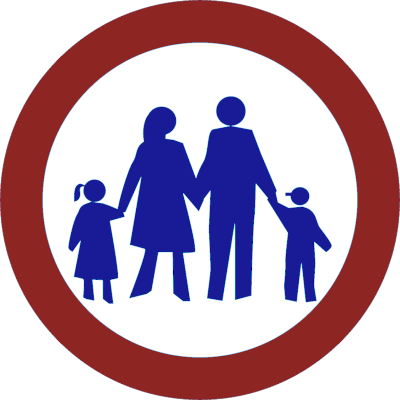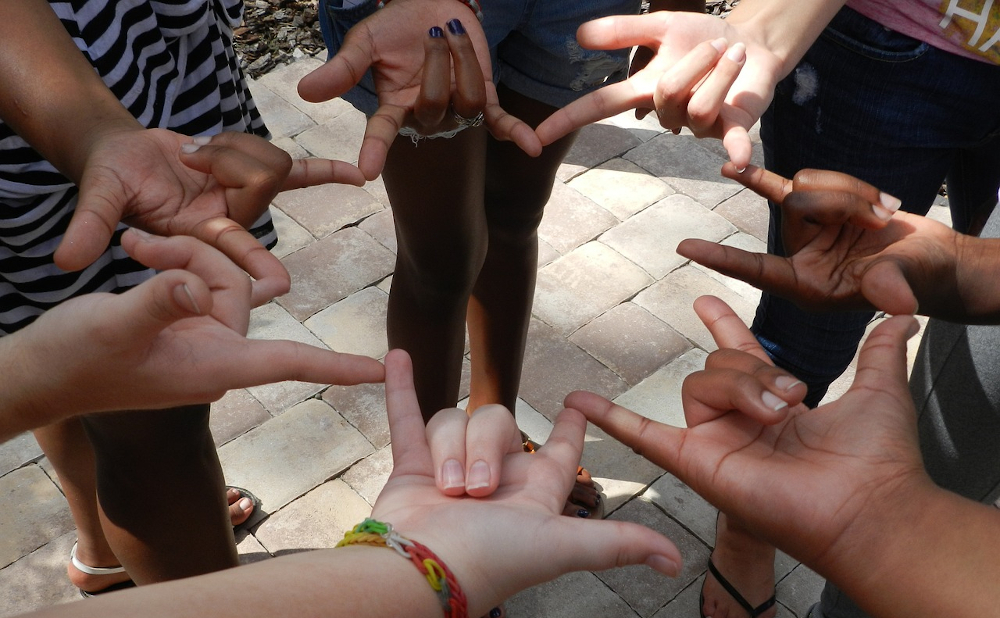Is Sign Language a Language, in Comparison with Other Languages? |
 Lifestyle
LifestyleEver found yourself pondering over the question, Is sign language a language?
If so, you are not alone. This seemingly straightforward question is a topic of much discussion and controversy in both linguistic and non-linguistic circles.
Intrigued? Let's jump into the whirlpool of sign language and unravel the mystery.

To disseminate the crux of the mystery, we first need to understand what characterizes a language.
Language, by definition, is a structured system of communication comprising syntax, semantics, phonetics, and pragmatics.
It's an expressive and creative tool that provides humans an avenue to express ideas, share experiences, and connect on an emotional level.
But does sign language fit into this framework? Absolutely!
Sign language isn't simply a collection of random gestures. It's a well-structured and rule-governed linguistic system, just like spoken languages.
Sign languages, like spoken languages, have their own syntax (grammar rules), semantics (meaning), and phonology (sound).
Wondering how sound applies to a non-vocal language? Well, in the realm of sign language, phonology refers to the formation of signs through various hand shapes, movements, and locations. Fascinating, isn't it?
Now let's clear up a common misconception: All sign languages around the world are the same, right?
Wrong!
Just as spoken languages differ across geographical areas, so do sign languages. French Sign Language (LSF) is as different from American Sign Language (ASL) as French is from English.
This diversity in sign languages further testifies to their status as true languages.
Not convinced yet? Then let's bring in the experts: The linguists.
These language experts who have dedicated their lives studying language in all its forms, unequivocally state that sign languages fulfill all criteria of a fully functional language.
There you go!

So, to answer our central question — Is sign language a language?
The answer is a resounding, "Yes". Sign language exhibits all the complex structure, diversity, expressiveness, and creativity inherent in spoken languages.
So the next time you see someone communicating through the silent strokes of sign language, remember, you're witnessing the beauty of a bona fide language in motion.
Let's end this linguistic journey by echoing the words of the noted linguistic researcher, Edward Sapir, who stated the following:
Language is a purely human and non-instinctive method of communicating ideas, emotions, and desires by means of a system of voluntarily produced symbols.
Isn't that exactly what sign language does?
I hope you found this article interesting.
Thank you for visiting us. Please visit us again. You are always welcome.
AND:
Remember! At SurfSideSafe, we are here to make your life much better.

Upload☻Create☻Connect
All in one place
And we actually listen
👉 See why people are making the switch